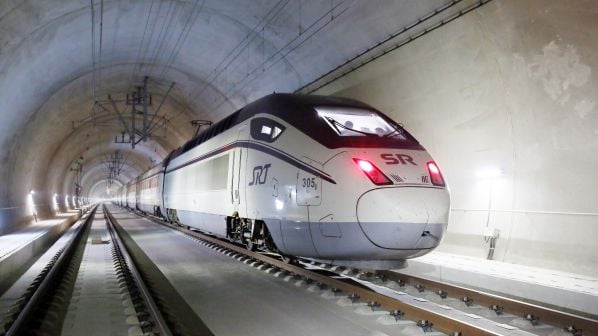The planned 74.2km GTX route starts at Deokejong in the northern city of Yangju, passes through Seoul, and terminates at Suwon in southern Gyeonggi Province.
Like the other GTX lines, tunnels will be constructed at depths of up to 40m and trains will travel 2-3 times faster than regular metro services, with an average speed of approximately 100km/h.
Line C will have 10 stations and connect with GTX Line A line at Samseong along with Line 2 and a new high-speed SRT terminal, which is expected to open in 2021.
Commuting times will be reduced dramatically by the new line: Suwon - Samseong will be cut from 1 18min to 22 minutes, while Uijeongbu - Samseong will fall from 1h 14min to 16 minutes and Deokjeong to Samseong from 1h 20min to 23 minutes.
According to the feasibility study, daily ridership will average an estimated 350,000 passengers in 2026, taking up to 72,000 vehicles off the region’s roads, and in turn boosting the economy by Won 5.7 trillion ($US 150m).
MOLIT says Korea Development Institute, which carried out the Line C study, will now begin a review of the project funding options and intends to establish a master plan at the beginning of next year. It is hoped that construction will begin at the end of 2021.
MOLIT also confirmed on December 12 that final designs for GTX Line A from Paju to Dongtan are now complete. Construction will begin when an impact assessment and public consultation have been completed.
A Request for Proposals has been issued for the project with a deadline of December 29.
A preliminary feasibility study is still ongoing for Line B. This had the lowest score of all three proposed lines, with a benefit:cost ratio of 0.33 in a previous study in 2014.
For detailed data on rail projects in Asia, subscribe to IRJ Pro.

